Did you know that
pottage is a thick soup? It makes sense, considering the original potagers (vegetable gardens) were created to provide manor kitchens with ingredients for ... wait for it ... thick soup. The monks of the medieval period took the potager to a new level by elevating the humble veggie garden to a piece of art.
Here are few gardening strategies and design methods based on the classic potager. You might be inspired to add a bed of cabbage or start a rooftop lettuce garden.
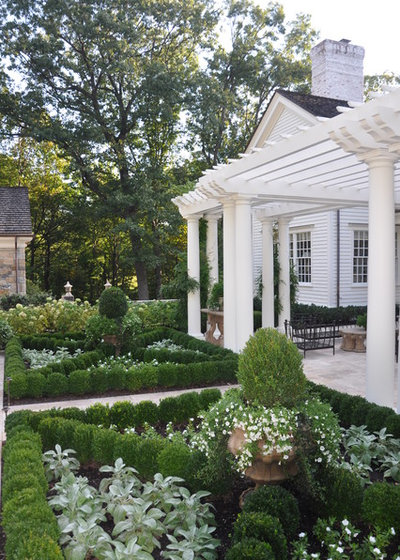
Deborah Cerbone Associates, Inc.
A traditional potager has separate beds with one crop each. Today's potager-inspired gardens combine edibles and ornamentals but draw design cues from classic plant groupings.
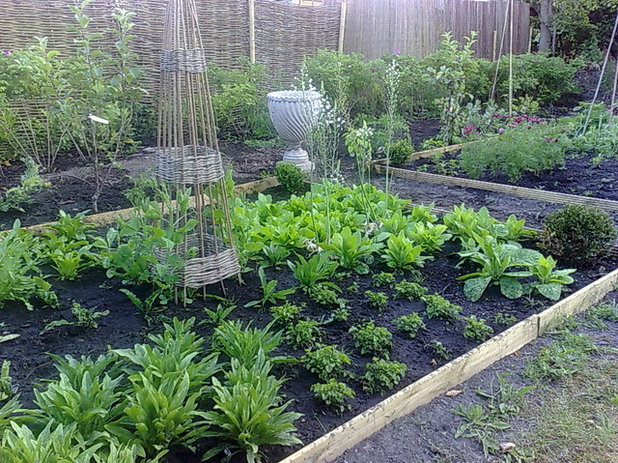
Beertje Vonk Artist
Group and Rotate PlantsClassic potagers had four beds with four separate crops that rotated each year. Today's gardener often wants to grow many more varieties, so hark back to the potager idea by planting in groupings — but feel free to add more than four.
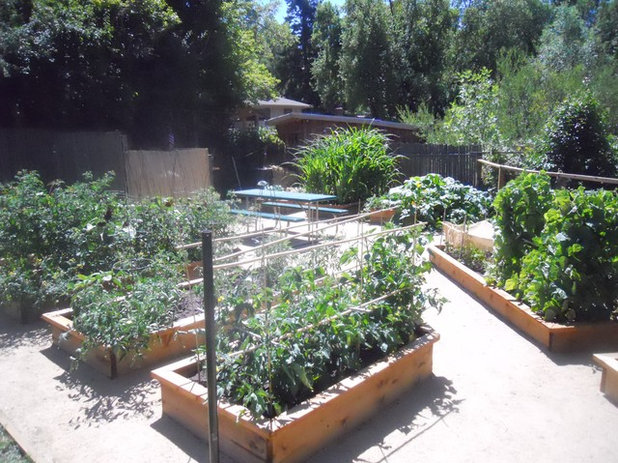
Olivotti Landscape
When each bed is planted with a different species, it makes crop rotation easy. Simply plant potatoes, onions, legumes and brassicas in separate raised beds and rotate them so that the same type of plant is not in the same bed for three additional years. This keeps the soil fertile and helps protect plants from diseases and pests organically.
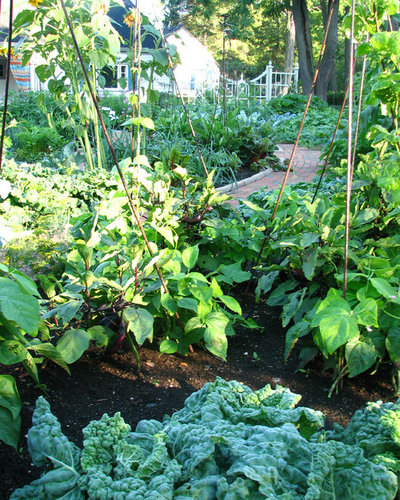
The Brickman Group, Ltd.
Add Vertical Structure Many vegetables need to climb to produce a successful harvest. Use this need to provide an opportunity for beautiful design. Pea towers crafted out of sticks add a vertical element and a rustic charm to backyard potagers.
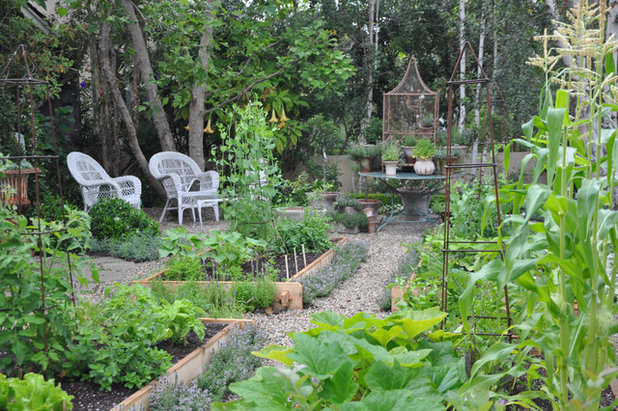
Giannetti Home
Adding iron structures to the potager gives a more formal look while still meeting plants' climbing needs.
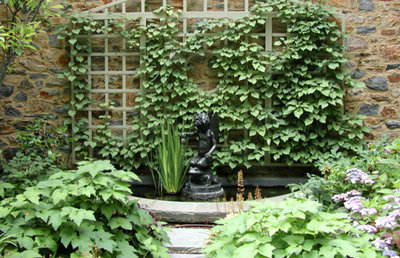
Anne F Walters Company, Landscape Architects
A classic trellis provides vertical interest and doubles the planting space in your garden. A sweet potato vine or even a watermelon vine works well.
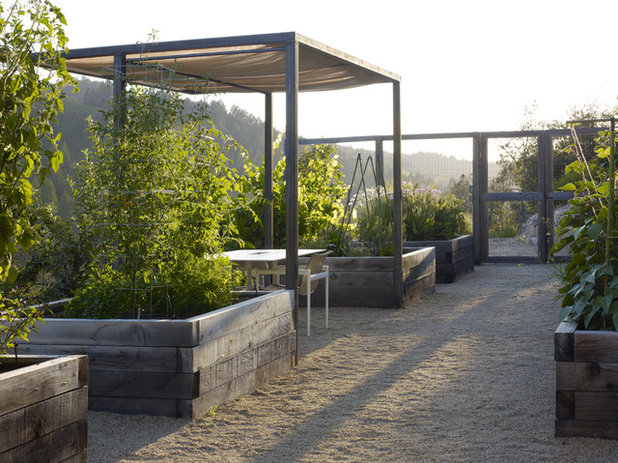
Blasen Landscape Architecture
Potagers don't have to look old-fashioned. Pair classic potager plantings with modern vertical elements for a beautiful, functional combination.
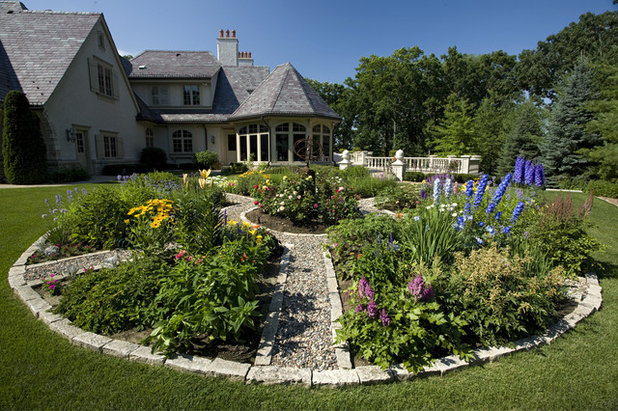
John Kraemer & Sons
Choosing ShapesThe monks showed creativity in the designs of potagers, creating circular, rectangular and even triangular gardens. This circular garden might not contain beds of vegetables, but it gets its design inspiration from a humble monastic potager.
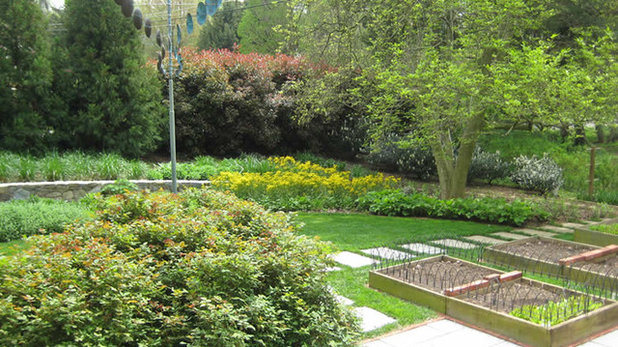
Clinton & Associates, PC Landscape Architects
Using a variety of rectangular sizes can create interest in an updated vegetable garden.
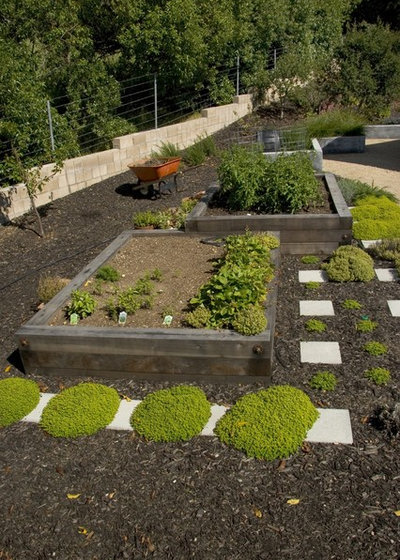
Jeffrey Gordon Smith Landscape Architecture
Try Raised BedsWhen soil was composed of hard clay or sand, raised beds were often the solution. Simply piling new fertile soil in a raised bed creates an instant garden without backbreaking double digging.

Shades Of Green Landscape Architecture
Raised beds can be anywhere from 6 inches tall to 3 feet or higher. Taller beds are helpful for people who cannot bend over or kneel on the ground.
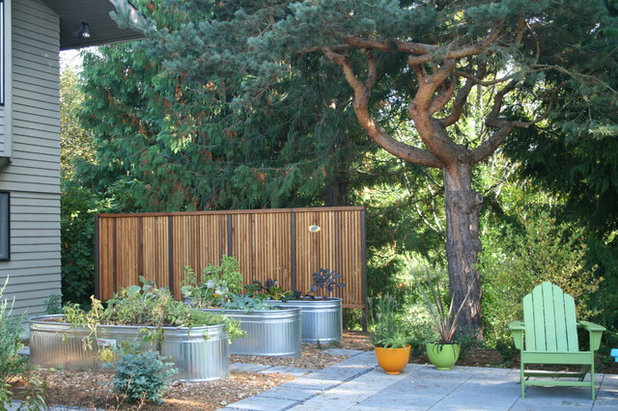
Banyon Tree Design Studio
For a modern, whimsical twist on the classic raised bed, try galvanized watering troughs.
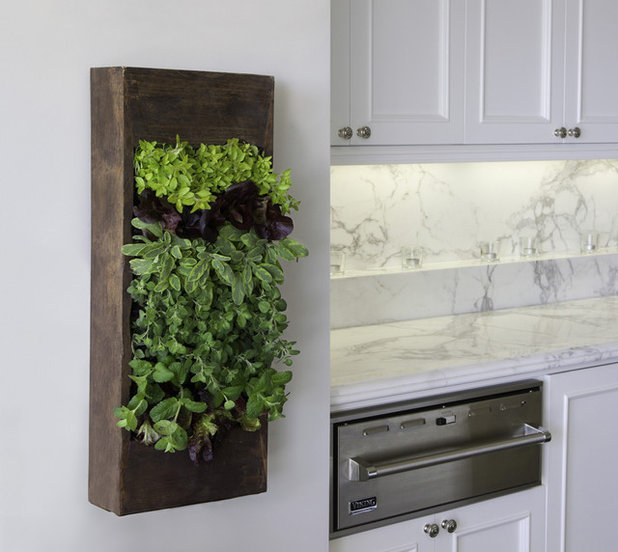
Bright Green
Potager PlacementLiving in an apartment? You aren't left out of the potager party! Try growing herbs and salad greens in a planter right in your kitchen.
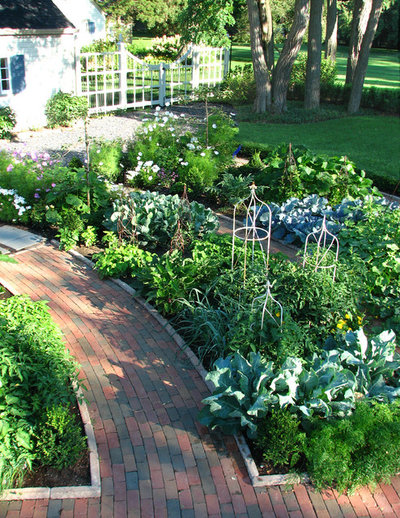
The Brickman Group, Ltd.
If you have great sun in the front yard and shade in the back, go ahead and plant your potager out front. Arranging vegetables in orderly groupings keeps the look appropriate for a front walkway.
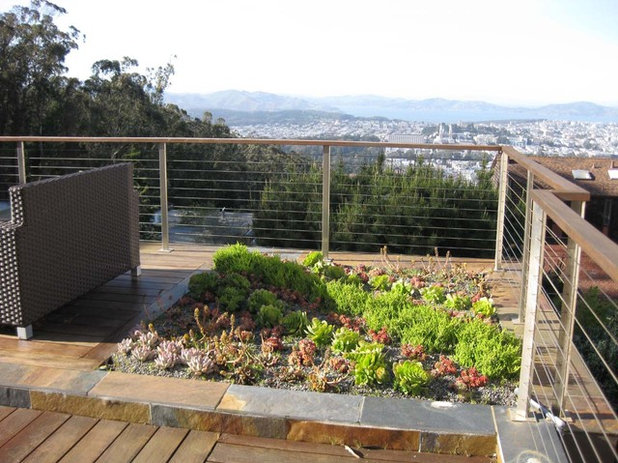
Mark English Architects, AIA
A rooftop is also a great place for sun-loving veggies and salad greens. Planting rows on the diagonal makes this little bed a charming throwback to the monastic potager.
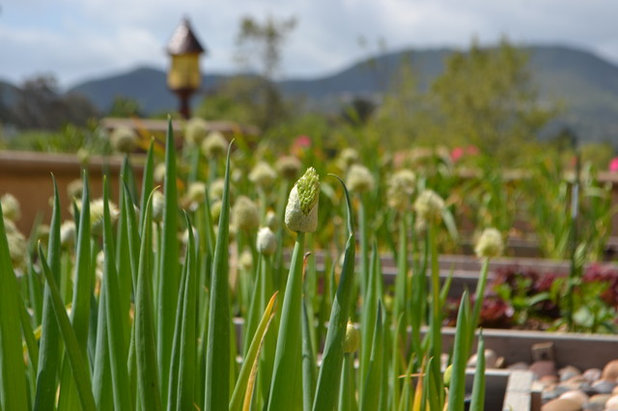
Jason Lee Design Studio, Inc.
Potager PlantsVarious alliums (onions, scallions and chives are part of this family) are perfect choices for the well-designed potager. They add a vertical element to the design of your beds, offer sweet little spherical flowers and are edible to boot.
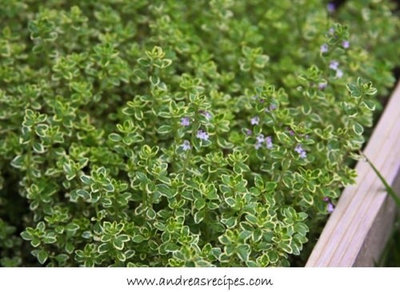
Andrea Meyers
Herbs are a classic addition. If you are a beginner, try easy-to-grow herbs such as mint and cilantro.
Thyme is a versatile, tasty potager plant. Use creeping thyme to soften the edges of planters and paths, and sprinkle the fresh leaves on a roast chicken.
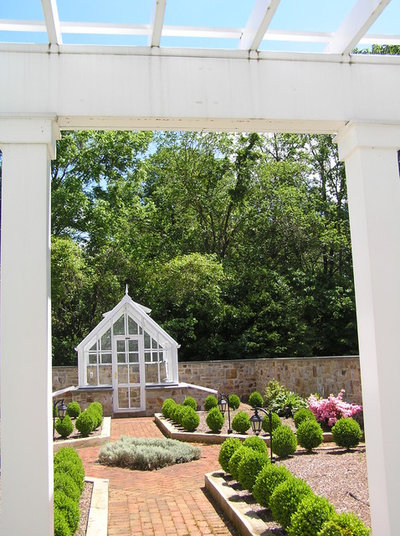
The Outdoor Room, LLC
Take a few cues from the potagers of old, integrating raised beds, crop rotations or pea towers into your designs. Stray from the design rules of classic potagers but don't forget to heed the wisdom of organic strategies that have worked for generations.
More:Raised Beds Lift Any Garden
Herb Gardens for Indoors and Out
Unexpected Edible Gardens





